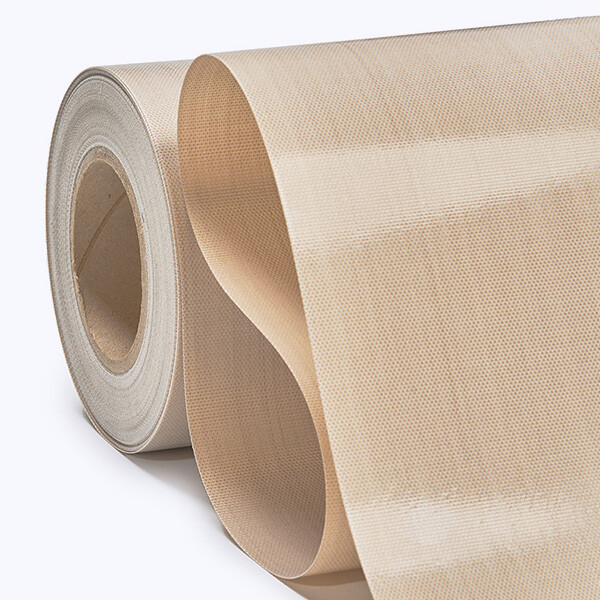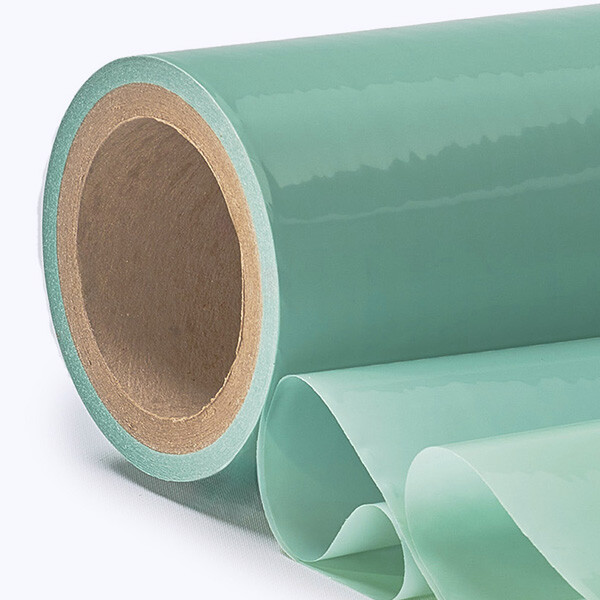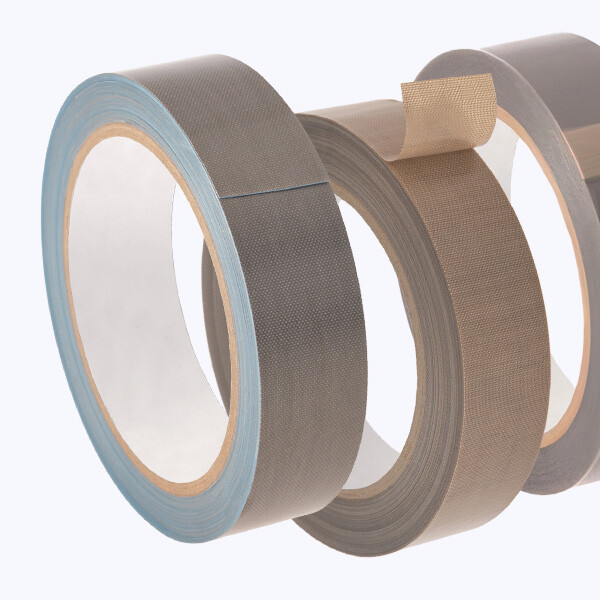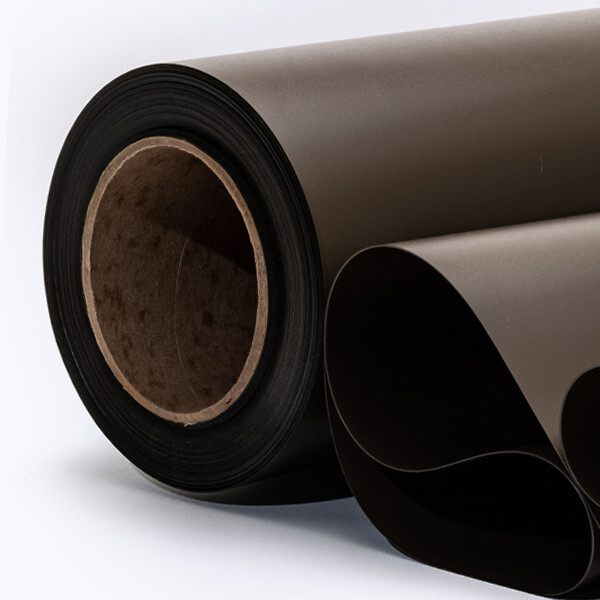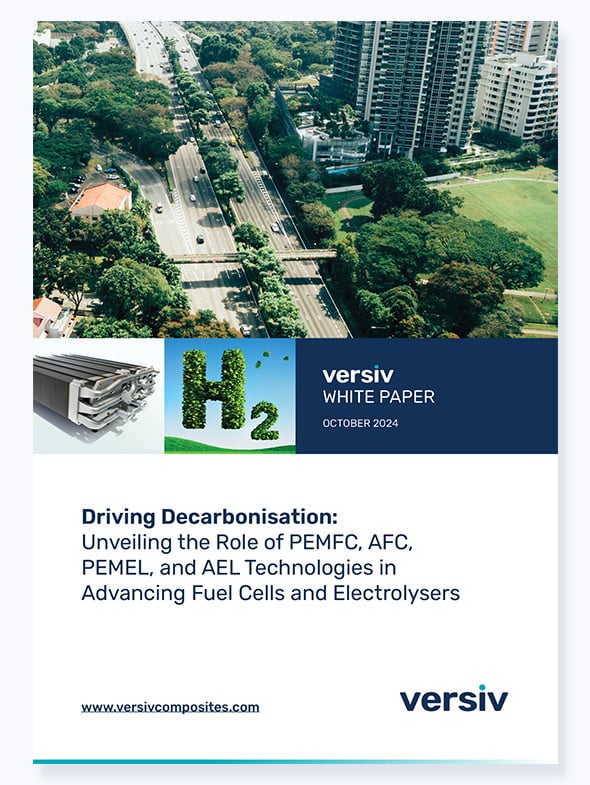
Composites Materials: The Key to Improving 5G Connectivity
Artificial intelligence systems are rapidly evolving as greater communication technology advances continue to be created. Increasingly powerful hardware, deep learning algorithms, transfer learning, Open Source contributions, industry integration and Edge Computing have all added to an ever-increasing flow of information. The urgency for data sees no sign of slowing down.
In terms of data availability, the proliferation of digital data and advancements in data collection technologies have also contributed to the growth of artificial intelligence (AI). This places a parallel pressure to create the physical infrastructure required to match that data demand, a challenge advanced composites are designed to meet.
Asian AI surge
A recent PCW report forecasts that AI will account for 50% of the $15.7trn worth of global economic growth by the end of this decade.
Asia is forging ahead of other regions in its pursuit of AI potential fulfilment, with substantial investments being made in AI research and development and talent pool build-up. Government initiatives, private sector investments, and collaborations between academia and industry are fueling a relentless progress, with a growing number of AI startups across various sectors, including healthcare, finance, education, and Smart Cities.
China has ambitions to become the world’s “primary” AI innovation centre, with AI-related gross output exceeding$1.5 trillion by 2030. While the US remains top of the pile now, the Chinese have some advantages that could allow them to challenge in the future. Firstly, China generates and consumes a massive amount of data, and subsequently will have faster-growing pools of data. Secondly, China is home to the world’s fastest-growing AI research community, and set to benefit greatly from a resultant sharing of innovative ideas.
What are composite materials and how do they help meet the data challenge?
A composite material is a combination of at least two materials with different physical and chemical properties. When they combine, they create a material which is specialised to perform a particular role. For example -to become stronger, lighter, more resistant to electricity, or better able to transfer data signals.
There are major challenges to be addressed by electronic manufacturers in facilitating the extent of 5G infrastructure required to maintain the AI economy’s momentum.
Composite materials in the form of 5G mmWave Shrouds are band-agnostic structural fabrics that provide complete environmental protection with the lowest possible transmission loss across 5G signal frequencies up to 100GHz. The fabrics are solid materials, resilient in the most extreme environments worldwide, always providing best-in-class performance for systems at all frequencies.
The materials provide mechanical properties, low thermal conductivity and electrical properties that support AI functionality. The materials must manage extreme thermal conditions within increasing smaller encapsulated components and delivering high performance at low power. The challenges that could holdback AI momentum can be overcome using high-performance materials.
Composite materials can match AI ambitions
Composite materials are essential in 5G radomes that provide specialised protective enclosures that shield 5G infrastructure components, such as antennas and radios, from environmental conditions while maintaining signal integrity.
The fifth generation of cellular network functionality needed to meet the growing demand for connected devices and associated data requires robust infrastructure to support it. Essentially, 5Gperforms four major services:
· Provide 1,000x higher data volumes
· Service 10-100x more connected devices
· Handle 10-100x higher user-data rates
· And do so at 5x lower latency
5G is being deployed across three frequency bands, culminating in mmWave (typically between 24 - 45GHz), the frequency key to how5G systems intend to meet demand for AI. At this frequency, a signal has the highest possible bandwidth and so can deliver the most data possible at any given time. The higher frequency results in lower wavelengths, so although capacity is increased, the coverage of that capacity is greatly reduced.
Composite Materials and AI- Conclusion:
There is massive expectation around the potential for AI to transform the world. Luckily the materials exist to facilitate that progress. Versiv Composites’ band-agnostic structural fabrics ensure optimal 5G signal transparency, allowing 5G to meet the growing demand for connected devices and associated data.


